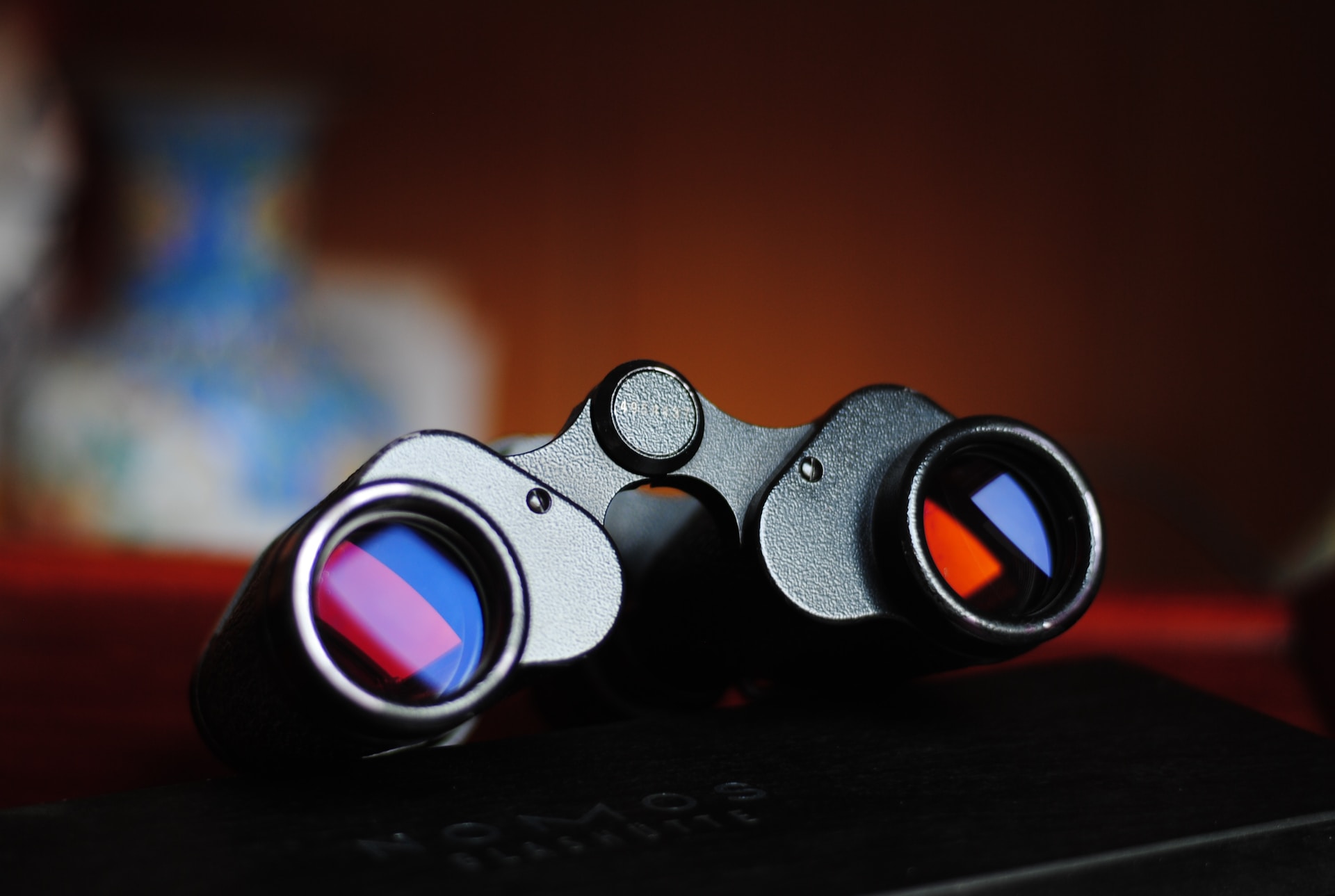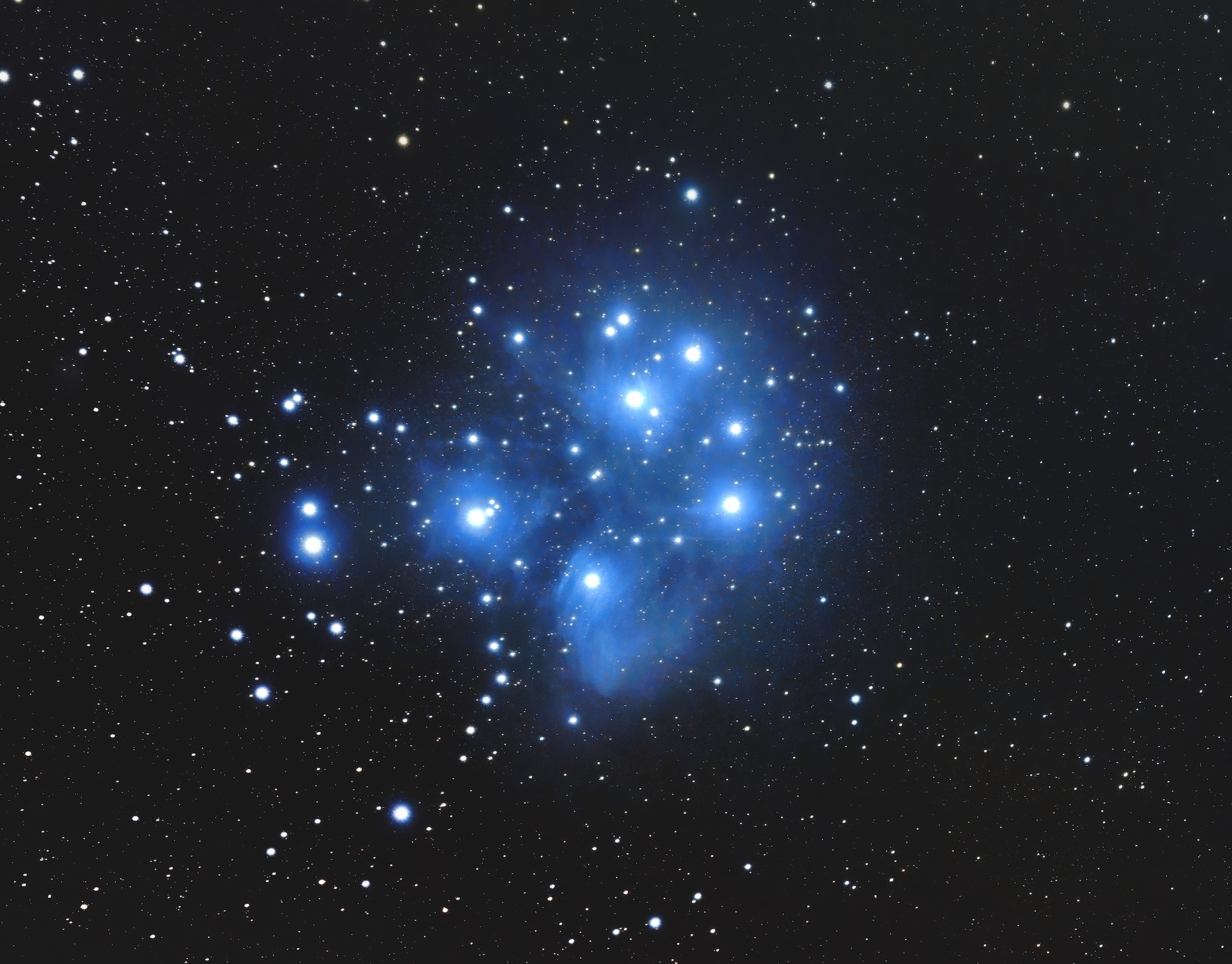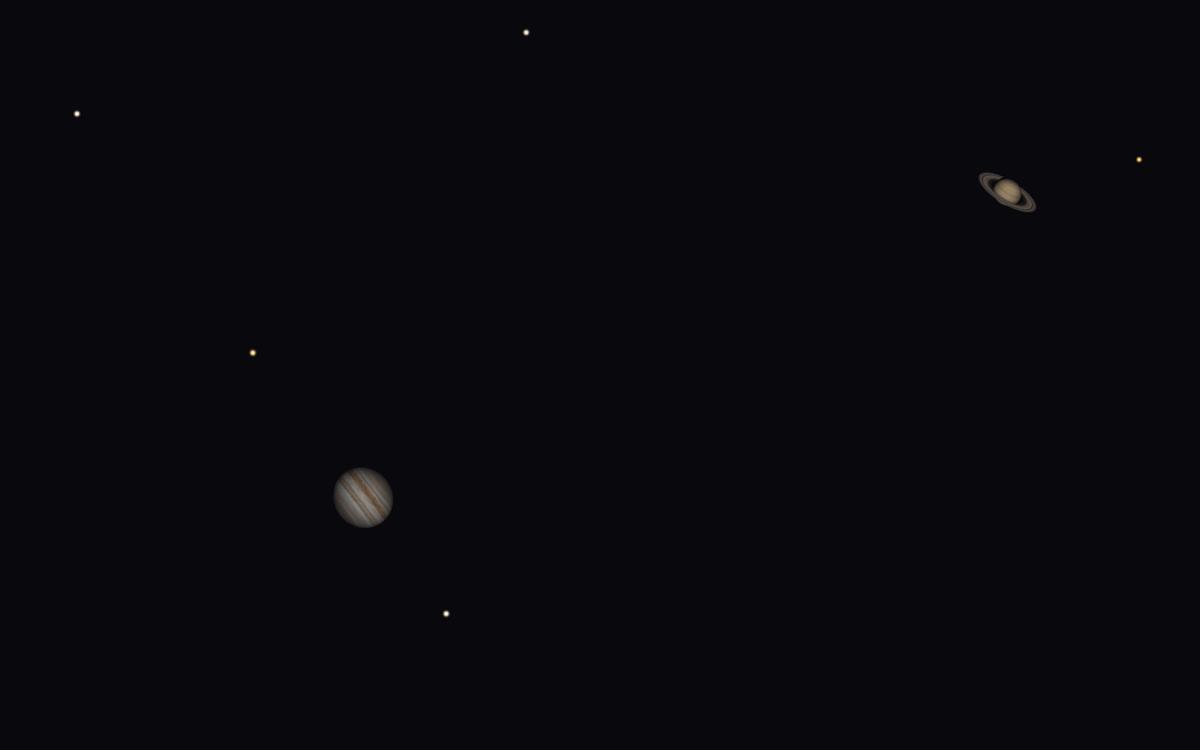If you are increasingly interested in the night sky and you dream of seeing more than you can see with the naked eye, you don’t have to buy an expensive telescope. In fact, astronomers recommend abstaining from this, at least for beginners. They recommend starting with binoculars first, and not just because it’s cheaper.

Telescopes are more difficult to use because they require time and experience to master their use. They are also quite bulky during transportation. Binoculars are easier to use and will help you learn the basics of astronomy. Of course, binoculars do not provide as much magnification as a telescope, but they provide a wider view of the sky, compared to the narrow visual field of telescopes. Binoculars give fans a chance to see nebulae, star clusters and several planets, including Jupiter and some of its moons.
“Before investing in a telescope, get binoculars with which you can master the basics of astronomy. Part of the reason for going with a binocular is learning the sky – learning where the bright stars are, where the constellations are, learning where some of the easier things to find in the sky are located. Some are dimmer than the bright stars, and some are just beyond the limit of human eyesight,” explains Jeffrey Hunt, former director of the Illinois Planetarium, whose website When the Curves Line Up tracks interesting astronomical events for amateur astronomers.
Binoculars 7×50
For beginners, Hunt recommends 7×50 binoculars. This means that it magnifies objects by 7 times, and the diameter of the aperture – the area through which light enters – is 50 millimeters. It is generally recommended to avoid binoculars with 35mm apertures, as they transmit significantly less light than 50mm ones.

“This is enough for you to see Jupiter and its four major moons,” Hunt notes.
Some people may choose binoculars with 10x magnification, but Hunt does not recommend doing this.
“If you get a 10-power or something even more powerful, it’s really hard to hold steady. 7×50 gives you nice light gathering with a 50-millimeter lens, and at seven power, people can hold it somewhat steadily,” says Hunt.
It is worth noting that many binoculars can be attached to tripods using a special adapter, and this can be useful if you plan to use them for astronomical observations.
What will be visible through binoculars?
Guidebooks and websites will help you determine what you can see through binoculars and where to direct your gaze. With 7×50 binoculars you can see the nebulae in the constellation Orion and the Andromeda galaxy. You will also be able to see the Moon in a new light.
Another interesting target for binoculars is the Pleiades Star Cluster, which even inspired the creation of the logo of the Subaru automobile company. Six visible stars in the logo are visible to the naked eye. But binoculars will allow you to see several dozen of them.

“You can see a few dozen with a binocular. There’s a couple hundred there with a telescope, but the Pleiades are so big that they do not fit into a telescope eyepiece easily,” notes Hunt.
Hunt also uses binoculars to observe the conjunction of planets – a phenomenon when two celestial objects seem very close to each other.

Earlier we reported on how to watch the solar eclipse.
According to thebrunswicknews.com
Follow us on Twitter to get the most interesting space news in time
https://twitter.com/ust_magazine
